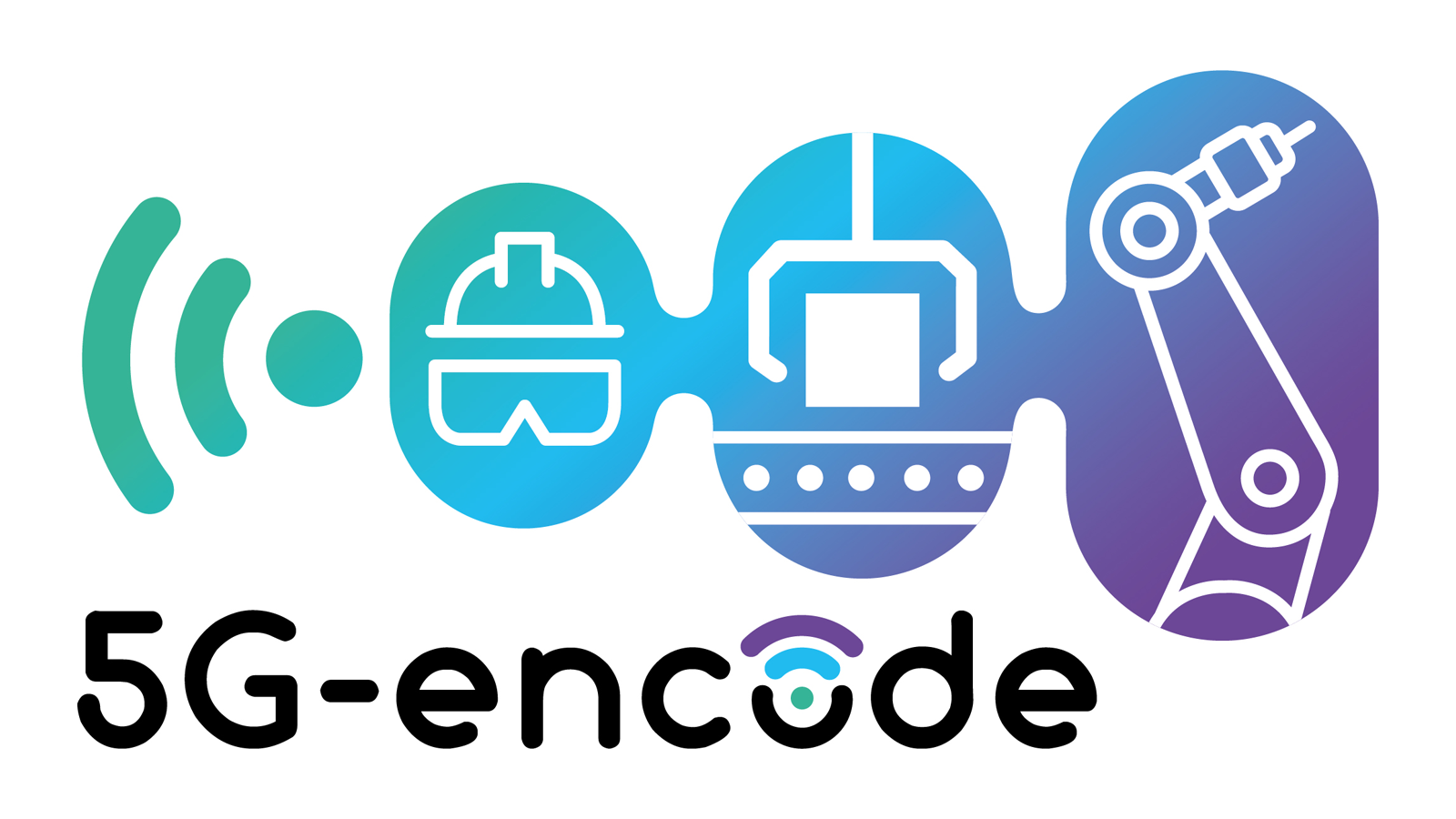The UK’s 5G-ENCODE Project ‘slices’ industrial 5G network in a world first
The UK’s government-backed 5G-ENCODE project has completed a world-first 5G slicing and splicing trial on an industrial 5G network.

5G-ENCODE, a UK, government-backed project to showcase the industrial benefits of private 5G networks, has successfully demonstrated phase one of its network slicing and splicing trial, developed by its consortium partner Zeetta Networks.
Slicing and splicing technology enables operators to create multiple virtual networks that can be customised according to specific services and traffic levels needed. You can have different administrators; you don’t have a single operator administering the private and the public network. You can have different responsibilities for the private network from the enterprise, and the public network from the operator. We’ve proposed this new approach, which splices the network slices, creating their own unique environment.
"This ‘end-to-end’ slice delivers continuous connectivity for the seamless delivery of applications across different network domains regardless of vendor or technology.”
Vassilis Seferidis, Zeetta Networks.
“For the first time in the world, an industrial 5G network can not only be customised and divided into multiple logical networks, but each of those virtual networks can be extended across a transport network to reach another virtual network in a completely different administrative domain,” explained Vassilis Seferidis, Founder and CEO, Zeetta Networks. “Zeetta’s technology enables the ‘stitching’ of the individual network slices to create a new network slice through an easy-to-use-graphical user interface. This ‘end-to-end’ slice delivers continuous connectivity for the seamless delivery of applications across different network domains regardless of vendor or technology.”
The 5G-ENCODE project
5G-ENCODE is a £9 million collaborative project aiming to develop clear business cases and value propositions for 5G applications in manufacturing. As part of the Testbeds and Trails programme, within the UK’s Department for Digital, Culture, Media & Sport (DCMS), 5G-ENCODE focuses in two main areas: one is to structurally test the new business models that are possible using 5G; and the other is trying out new technologies, and looking at how they can help the facilitation of new business models.
“Airspan is proud to once again play a key role in another wireless network first, collaborating on this innovative 5G-ENCODE project as the exclusive Open RAN provider,” said Giuseppe Bernini, VP of Sales in Europe for Airspan, a partner in the trial. “The use of our Air Velocity 2700 indoor solution, Central Unit (CU), and Distributed Unit (DU), along with our Open RAN software platform, provides the end-to-end Open RAN architecture needed to test and uncover a series of innovative 5G use cases in manufacturing.”
Based on open standards, the homegrown British software is compatible with Open RAN and other open networking technologies, making it both technology and vendor agnostic. This directly supports the UK government’s 5G Supply Chain Diversification Strategy, which advocates deployment models based on open interfaces and interoperable standards for the Telecoms industry. And the results of phase one will be revealed at a phase two launch event at the NCC in October 2021.
Get up to speed with 5G, and discover the latest deals, news, and insight!
- Why 5G small cells are vital for mmWave 5G
- Get updates on the hottest 5G stocks
- Discover the truth behind 5G dangers
- 5G towers: everything you need to know
Dan is a British journalist with 20 years of experience in the design and tech sectors, producing content for the likes of Microsoft, Adobe, Dell and The Sunday Times. In 2012 he helped launch the world's number one design blog, Creative Bloq. Dan is now editor-in-chief at 5Gradar, where he oversees news, insight and reviews, providing an invaluable resource for anyone looking to stay up-to-date with the key issues facing 5G.

